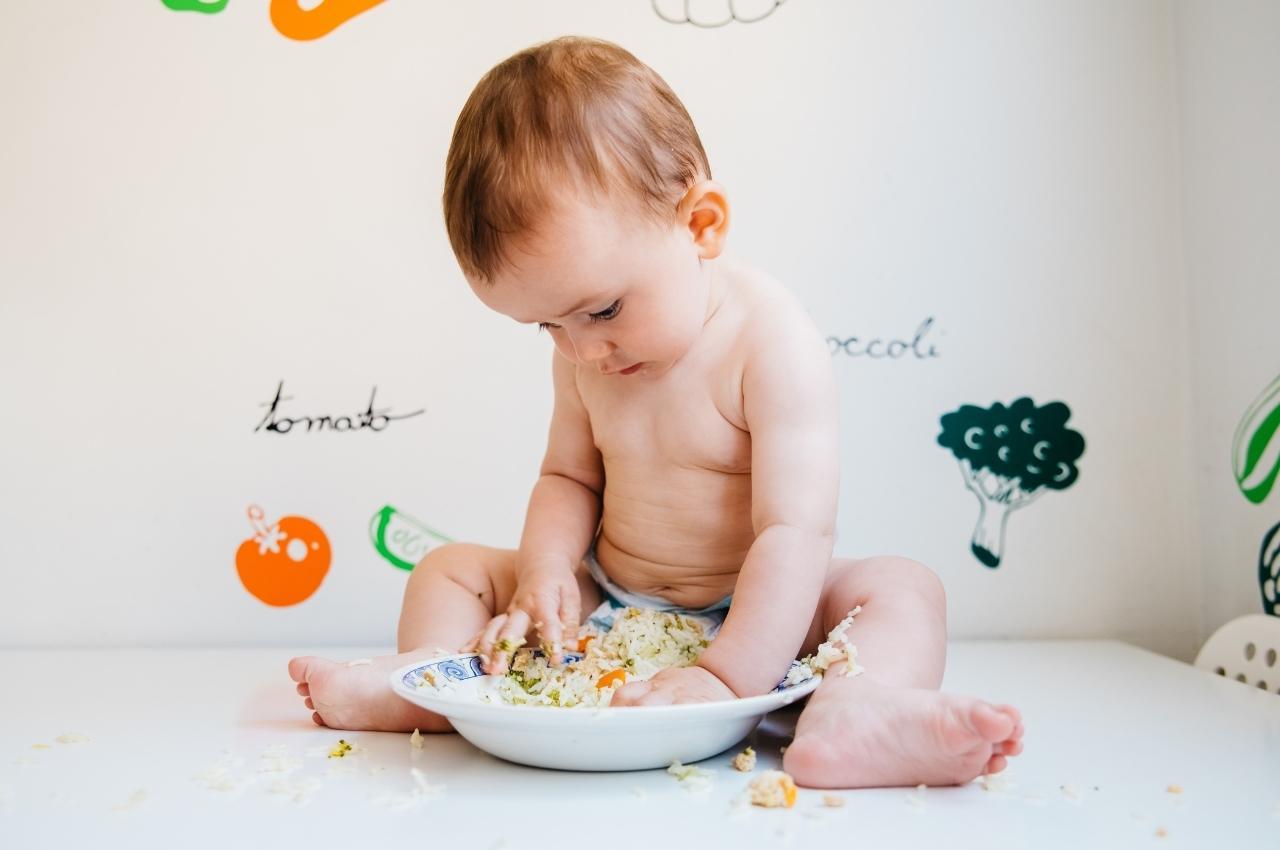When baby reaches six months, the question of food diversification begins. Identifying foods to feed your baby is an adventure for parents. Introducing “solid” foods is tricky since you have to know which foods to favor and which foods to avoid.
At the same time, foods must meet the child's nutrient and growth needs. This stage in the baby's diet raises many questions among parents.
What are the preferred foods?
At what age is a baby ready to eat foods other than milk?
How to avoid constipation? Discover in this article , the foods that cause it and those that relieve it.
Find the answers to these questions in this article.
At what age is baby ready to eat?
Breast milk covers all the baby's needs until the baby is six months old. This is why the introduction of other complementary foods begins around this age. However, the age of this introduction is different according to the specialists. Other specialists recommend food diversification from the baby's 4 months.
Why 4 months? Because every child is different in terms of their growth rate . Also, some babies need to eat well before they are 6 months old. In addition, it is strongly advised not to start introducing complementary foods with the 4 months.
How to recognize that your baby is ready to eat? At 4 or 6 months, babies cannot yet communicate about their needs. Also, it is up to the parents to recognize the different signs.
The first sign is insufficient breast milk . Your baby is no longer satisfied with your milk despite the 8 to 10 feedings in 24 hours. The other recognizable signs are at the level of his motor skills. Your baby can already sit up on his own and support his head well. Likewise, he is able to bring objects back to his mouth. These different signs show that your baby is ready to swallow complementary foods.
Foods rich in iron: the foods to favor first
Experts recommend that parents introduce iron-rich foods first before other foods. Others even recommend giving meat to the baby before others. Indeed, around 6 months, babies show a great need for iron that is important to meet. Foods such as meat, fish or eggs contain more iron than others.
After a few weeks, when the child assimilates iron-rich foods well, you can finally diversify his diet with cereals, dairy products and vegetables. However, it is best to wait until the baby is nine months old before introducing cow's milk.
In order to succeed in dietary diversification, the best technique is to introduce one new food at a time. It is also recommended not to mix this newcomer with the old foods so that he can discover and assimilate it. This technique also makes it possible to identify food sources of allergy. Discover here 5 signs that show that your child may have allergies .
Your baby may take longer to assimilate a new food than another. It is important to offer him the food without forcing him. If he doesn't want to eat it despite your attempts, you can wait two to three weeks to introduce him again.
At what age to introduce allergenic foods?
Regarding allergenic foods , you can introduce them from 6 months when baby has already assimilated other solid foods. Allergenic foods include all foods that are responsible for severe allergies in the population. This is the case, for example, with eggs, milk, soy, seafood and even peanuts.
If the baby's elders already have allergies or one of the parents is susceptible, it means that your baby has a significant allergy predisposition. In this case, it is best to start introducing allergenic foods from the age of 4 months. Indeed, to prevent an allergy, it is recommended to give him allergenic foods early . Assimilation must be done step by step.
The first step is to offer common allergenic foods like egg one at a time. You should wait at least two days before introducing a new food to baby. Thanks to this technique, you will easily identify the food responsible for an allergic reaction.
Good news, the food introduced does not cause any reaction in your baby, you can give it to him regularly in order to maintain his tolerance. If you have any doubts about this step, talk to your baby's pediatrician.
Food consistency?
At the beginning of food diversification , pureed foods are ideal for your baby. However, this tendency varies from child to child. Other children like solid foods very early. You can therefore offer him chopped or diced food. When preparing the mash, avoid adding sugar, salt or spices.
Even if the baby's teeth have not yet grown, know that he can chew thanks to his gums. Also, do not hesitate to add new textures to its diet in order to increase its skill.
When baby can already bring an object to his mouth, you can put soft food in his hand to encourage him. This promotes their independence. He can finally eat his fill when food is presented to him. In addition, it stimulates his motor skills .
However, in order to reduce the risk of choking, you must avoid giving him certain round and hard foods such as peanuts, popcorn or hard candies, etc.
How to avoid constipation in babies?
When baby begins food diversification, he may be at risk of constipation . To avoid this, it is important to offer fiber-rich foods. Favor fresh fruits and legumes such as chickpeas and white beans.
In addition, hydration is essential to prevent constipation in children. Do not hesitate to give him a liter of water a day. You can vary its hydration with orange juice for example or prune juice.









